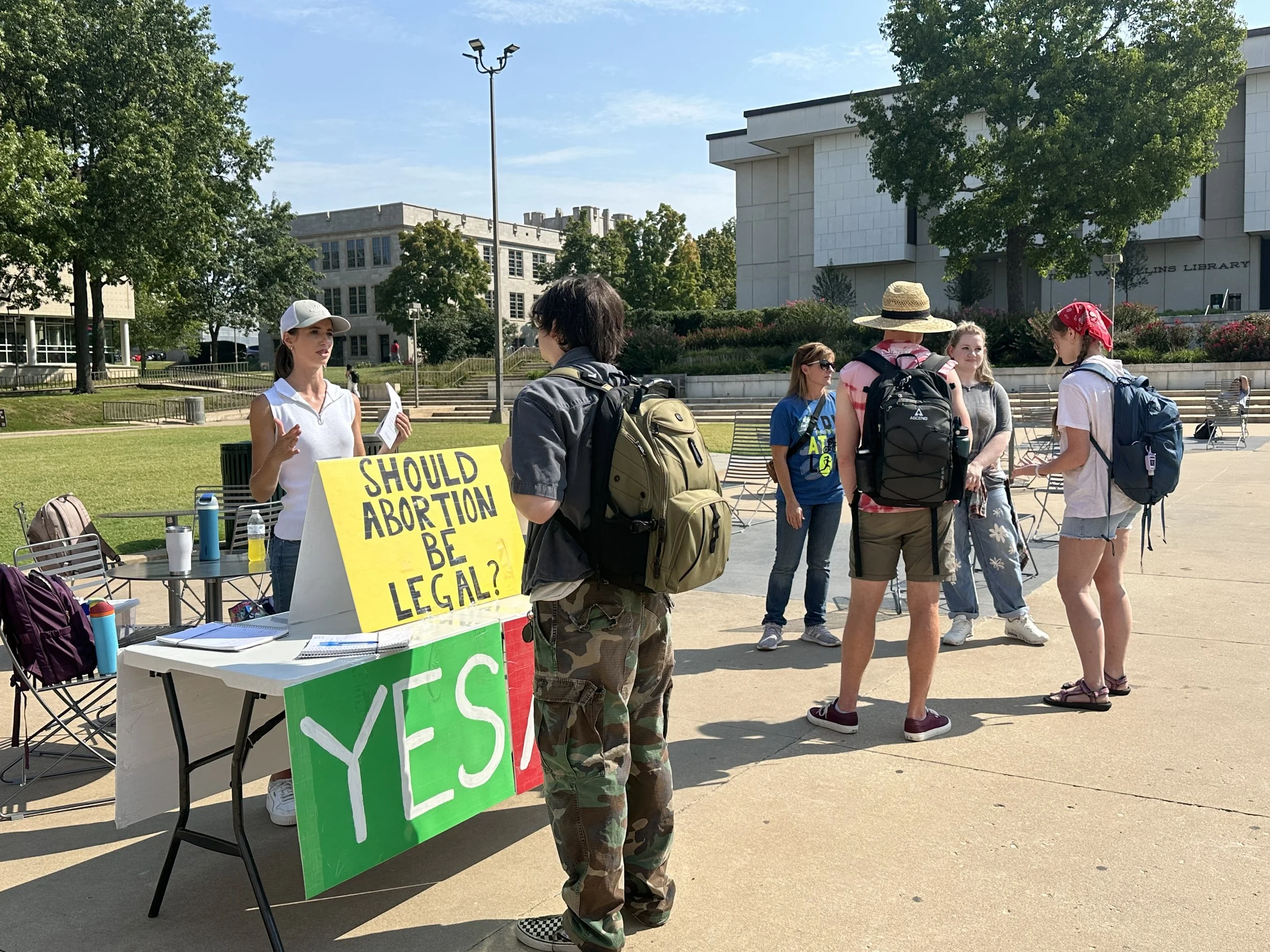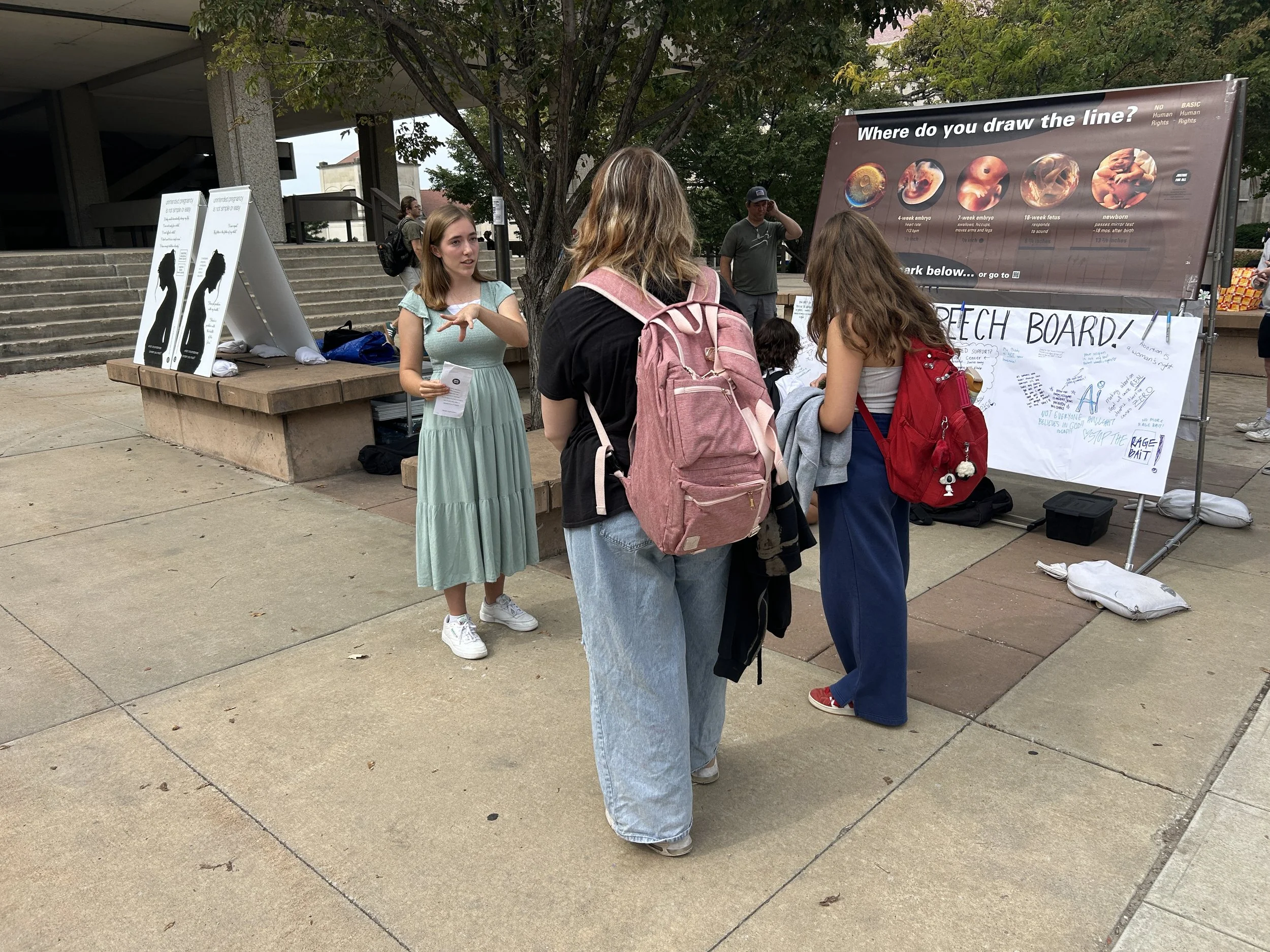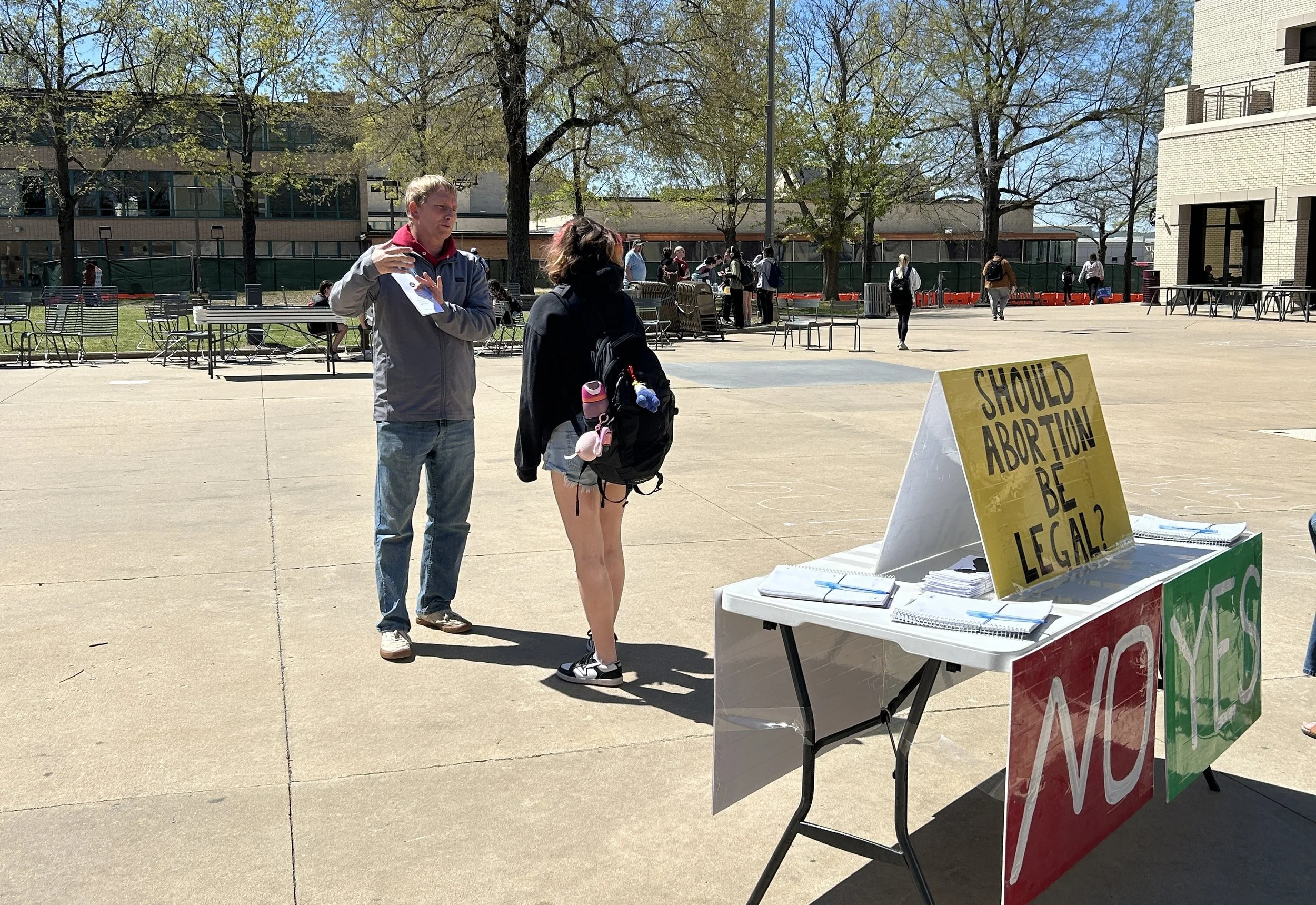Look at some of the most common defenses for legal abortion:
“It’s her body.”
“The unborn is a part of the woman’s body.”
“The unborn is in her body.”
“She should be able to do what she wants with her body.”
“My body, my choice.”
“The unborn is totally dependent on her body.”
“She has a right to her body.”
In this series, I’ve been issuing a wake-up call to help us remember our common sense when we hear these statements. There is a person behind the statements, a somebody who has a body, and we must give some time and reflection to how this topic personally affects the women whose rights we’re discussing. I’ve pointed out that we need only think about how important our own bodies are to us, and I’ve given some practical suggestions for ways to communicate our concern for women in discussions about abortion.
I’ve also pointed out, though, that the same concern for human beings that motivates us to care for the woman also motivates us to speak up for unborn children. Justifications for abortion based around claims about the woman’s body and her bodily rights don’t only present the relational challenge of “Do you care about a woman’s bodily rights?” These justifications also present an intellectual challenge comprised of questions such as “What do the woman’s bodily rights entail?” and “Does her right to her body include the right to kill another human by abortion?”
So, keeping in mind that we not only need to show concern for women at the beginning of a discussion about a woman’s right to her body, but also throughout that discussion, let’s think together about the intellectual challenge: “Does a woman’s right to her body entail the right to abortion?”
When we hear the statements above, we are immediately confronted with a problem. What are they? Are they philosophical arguments, statements of feeling, vague sentiments, or some combination of these? In my experience, I have found that many people don’t really know how they intend these statements. But when we launch into a response as if they meant these as a full-fledged argument, many are surprised. Sure, they may be surprised that their favorite slogan didn’t “silence all opposition” as it might have the last time they used it. I think, though, that some of the surprise is due to the fact that the person is not intending to be philosophical at all. Still, these statements have the structure of arguments, so we should gently respond.
When I hear a defense for legal abortion that references the woman’s body, my first questions are aimed at determining which of the following arguments the person is intending:
1. Because the unborn is in the woman’s body, dependent on it, connected to it, or “part of it” in some sense, then the unborn is not a human being. (“The unborn is not a human organism biologically.”)
2. Because the unborn is in the woman’s body, dependent on it, connected to it, or “part of it” in some sense, the unborn does not have equal value or an equal right to life. It is deficient and therefore it is not a person with equal rights and value. (“The unborn doesn’t have equal intrinsic value or rights.”)
3. Because the unborn is in the woman’s body, dependent on it, connected to it, or “part of it” in some sense, the woman should be allowed to kill the unborn through abortion because of her bodily rights, even though the unborn is a human being with equal value and rights. (“The unborn does have an equal right to life, but the woman’s bodily rights trump the unborn’s right to life.”)
So, to determine which of these arguments is intended, we ask a single question:
“When you mention the unborn’s connection to the woman’s body, do you mean that the unborn is not a human being with equal value, or do you mean that even though the unborn is a human being with equal value, the woman can still kill it through abortion because of bodily rights?”
The point here is that we shouldn’t assume it’s a bodily rights argument straight off just because it refers to the “body,” nor should we assume it’s an argument against the biological status or value of the unborn straight off just because it seems to downplay the existence of the unborn’s own “body.” We have to ask questions to know for sure.
Here’s an example of this problem. You might have seen an image passed around on social media which pictures a pregnant woman with an arrow pointing to her saying, “Your body,” and an arrow pointing to the unborn child visible in her belly, saying, “Not your body.” My friend Timothy Brahm at the Equal Rights Institute responded to this recently.
I agree with the point of Tim’s post, and I encourage you to read it. I’ll add a comment or two here. Although there is truth in this meme (the unborn child does have her own body with her own bodily rights, after all), this image doesn’t really communicate any of the understanding and concern for the woman that I have been emphasizing in this series. That’s perhaps the most serious problem with it. The image also assumes that defenses for abortion referring to the woman’s body simply get the facts wrong about the number of bodies involved. The image essentially takes all “it’s her body” statements to be claiming that, as a matter of biology, the unborn is simply a functional part of the mother’s body. Tim calls this the “scientifically ignorant” position, and while he agrees that some people who make “it’s her body” (and similar) statements do hold the “scientifically ignorant” position, he points out that in many cases, the person is intending a bodily rights argument instead. (As you can see from my questions above, I think there’s another possibility, too, that the person is making an argument against the value of the unborn.)
In my experience, many people who talk about the woman’s right to her body don’t have a clear idea of what they’re saying. They are still working it out. Once you ask the question I suggested above, you can help the person determine what he or she is trying to get at. Some aren’t clear on biology. They think that the unborn is less than an organism (a mere mass of tissue). Some agree that the unborn is biologically a human organism, but they think it’s not the sort of human organism with rights because it’s dependent on another body. This is a different argument. And many are intending to make the claim that whatever the unborn might be, the woman’s right to her body takes precedence.
In any case, sharing the meme probably does more harm than good. (Indeed, Tim’s stronger admonition to never share it is good advice.) I’d prefer to share a different image that communicates better our concern for women and our understanding that in many cases, the person who says, “It’s her body,” is making a bodily rights argument, contending that the woman should be allowed to get an abortion even though there are two bodies involved. This argument deserves our careful attention, and simplistic memes and dismissals which miss the point won’t help us dismantle it.
See www.jfaweb.org/blog/bodily-rights to read more posts in this series.







